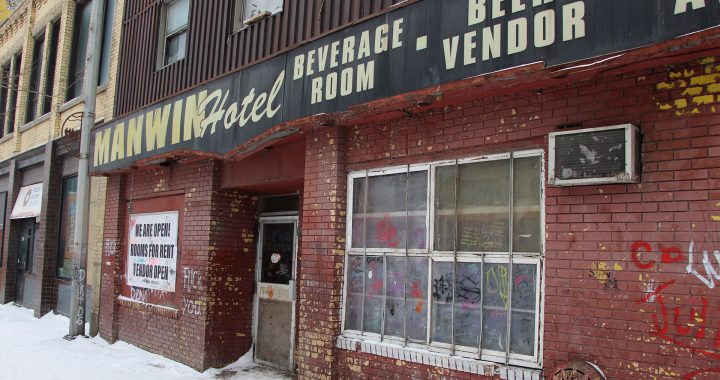A Tlingit First Nation in northern B.C. is celebrating the return of a treasured 19th century Chilkat robe.
On June 7, members of the Taku River Tlingit First Nation (TRTFN) in Atlin, B.C., gathered at the Whitehorse airport to celebrate the return of the highly revered cultural item.
The First Nation was joined by members of the Carcross/Tagish First Nation and Teslin Tlingit Council in Yukon, which are connected to TRTFN through their Tlingit heritage.
“I want to make sure that everybody hears this…We brought her home!” TRTFN Crow Clan Leader Vernon Williams announced to a cheering crowd.
“We’re lucky we got it back. We could have lost it for a long time.”

Naaxiin, or Chilkat robes, are a form of textile weaving traditionally passed down from mother to daughter. Often featuring family crests or oral histories, the robes were typically worn for special occasions or by those of high status.
The robe returned to TRTFN is made of goat’s wool and features two wolves, a symbol unique to the Taku people. The garment is believed to have been woven by renowned weaver Anisalaga Mary Ebbetts Hunt or her mother.
Elders previously told APTN News that regalia had been seized and burned by white settlers in Atlin during the enforcement of the Potlatch Ban in the 1880s. Its speculated the robe may have kept due to its intricate design.
While it’s unclear how the robe was taken from Taaku Kwaan territory, thanks to local Atlinite and art collector Peter Wright, TRTFN Elder and carver Wayne Carlick became aware of the robe’s existence and its telltale double wolf design late last year.
Thanks to a Gofundme campaign and financial assistance from Wright, the First Nation was able to purchase the robe from Waddington’s auction house in Toronto for $46,500.
Cultural items
Carlick said in an interview with APTN he was disheartened that TRTFN had to pay to repatriate its own cultural item.
“How was that art taken from us and under what circumstances? And how come there’s no documents about it?” he said at the time.
After months of restoration work at the University of British Columbia in Vancouver, Carlick was one of a handful of Elders and community members chosen to retrieve the robe and accompany it back to its home territory.
He’s hopeful the robe will serve as medicine for the trauma still being felt from residential school.
“We’ve come through so much pain, to be able to do this today,” he said. “This robe was created before all of that, so it’s going to bring back some healing to our people.”
Healing powers
Elder and regalia maker Joanne Williams, who likewise accompanied the robe on its journey home, said she felt its healing powers firsthand.
“I have a bad kidney so I touched the blanket and held it to my kidney and I actually felt better that afternoon, so I know we are bringing healing spirits to our hometown of Atlin, B.C.,” she said.
“I am positive this robe is going to be healing many people who suffer from trauma, (trauma from) residential schools, or else they just lost themselves.”
Williams noted TRTFN has since received funding from the Federal government to cover the cost of the robe, and she’s hopeful additional funding will be available as the First Nation works to repatriate more items back to its traditional territory.
The robe will be officially danced in during a Tlingit celebration in Atlin next month.










